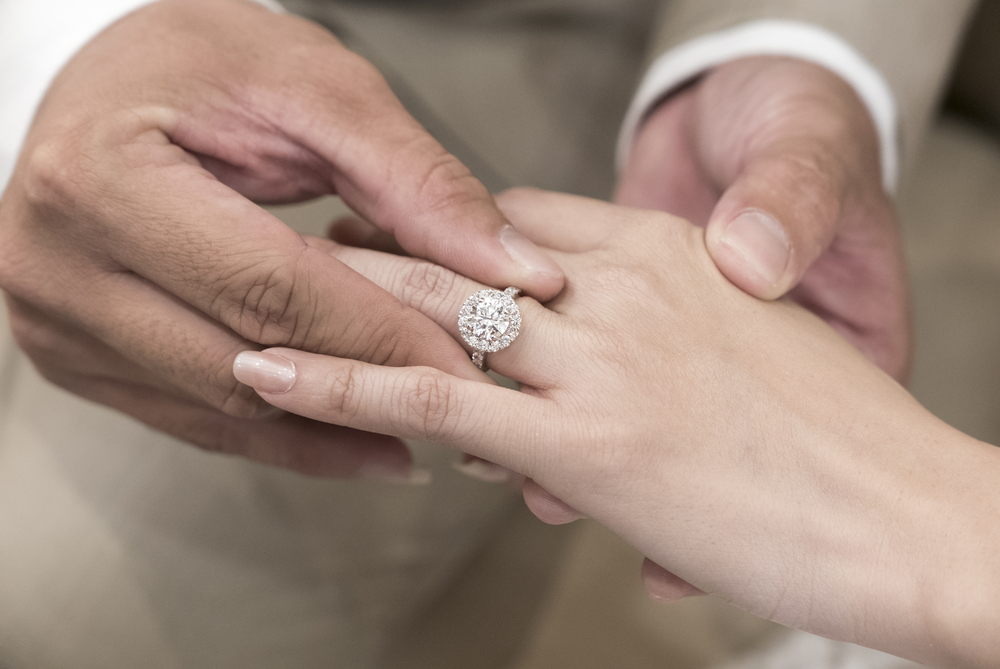
If you are in search of a diamond ring, you might hear the terms lab-grown diamond, simulated diamonds, natural diamonds, etc. You may know about natural diamonds, but do you know the differences between lab-grown diamonds and simulated diamonds? In this article, we are explaining the difference between these two.
First, let us discuss lab-grown diamonds and their features.
Lab-Grown Diamonds
Lab-grown diamonds are real diamonds that are grown in a lab by providing the same diamond growing conditions. Both natural and lab-grown diamonds have the same physical, chemical, and optical properties. CVD technique and HPHT techniques are the two methods used to grow diamonds in a lab.
A lab-grown diamond costs less than a natural diamond of the same quality grades. There is no way to tell apart a natural and lab-grown diamond just by looking. The production of lab-grown diamonds doesn’t require heavy exploitation of the environment. So they are considered eco-friendly.
Even though lab-grown diamonds are cheaper than natural diamonds, the cost is still very high compared to a simulated diamond. Moreover, they are not as rare as natural diamonds. So the resale value is greatly affected.
Simulated Diamond Rings
The first thing to know about simulated diamonds is that they are not real diamonds. An alloy of metals like nickel and cobalt with carbon is heated to very high temperatures to create simulated diamonds. The appearance of a simulated diamond is the same as a natural diamond, but their properties are very different. The clarity, color, and durability of natural and simulated diamonds have a significant difference. The most common types of simulated diamonds are cubic zirconia, moissanite, etc.
The major advantage of a simulated diamond is that you can save a lot of money compared to buying a natural or lab-grown diamond. Simulated diamonds are very common and you will face no difficulty in finding them. Moreover, they can be cut in any style you want and it is not going to cost you much.
The major drawback is that they are not durable. The color may also faint over time and daily usage may cause them to wear very quickly.
Final Thought

The only benefit of a simulated diamond over a lab-grown diamond is that they are cheaper. For all other qualities, lab-grown diamonds are way ahead of simulated diamonds. Engagement rings are supposed to last for their entire life, so most avoid simulated diamond rings for their engagement ring.
